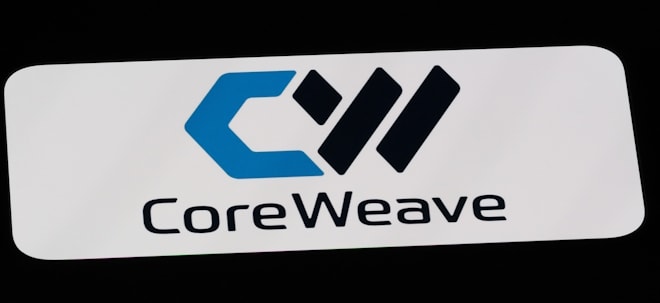Meldung vom letzten Jahr:
31-01-2014
20 January: New Efacec-FEUP laboratory has been inaugurated
20 January: New Efacec-FEUP laboratory has been inaugurated
On the 20th of January, Efacec and FEUP inaugurated a new laboratory dedicated to developing and increasing the scale of DSC (Dye Sensitized Cells) modules, based on innovative technologies such as ETCO (Embedded Transparent Conducting Oxide) and glass encapsulation. This Efacec-FEUP laboratory - located at UPTEC’s (Science and Technology Park of the University of Porto) Innovation Center - is the outcome of a two-year long research with a financial investment surpassing EUR 1.7 million and involving several co-promoting entities and partners.
The opening ceremony was attended by the Rector of the University of Porto, the President of UPTEC, the Director of FEUP and by personalities and representatives of the academic world. It also included the presence of the project’s partners, namely CUF QI, the University of Minho and FEUP’s project team. Efacec was represented by Mr. Alberto Barbosa, Director of the company.
Main stages of the Project
In 2008, Efacec took on the challenge of heading a research project by using DSC (Dye Sensitized Cells) technologies to generate solar-based electricity through photoelectrochemistry, supported by work developed by Prof. Michael Graëtzel. This project, named SolarSel, is a product of the partnership established with the Engineering Faculty of the University of Porto (FEUP), developed by a team headed by Prof. Adélio Mendes, also in association with CUF, CIN and EDP-Inovação.
The interest in this technology is due to some important benefits: take better advantage of solar radiation, large cost reduction potential, semi-transparency to enable diverse colors and design, possible multiple applications in BIPV (Building-Integrated Photovoltaics – façades, windows, roofs) and use of organic materials, replacing silicon.
The SolarSel project was developed during the course of 3 years in a laboratory specifically created for this purpose in Efacec’s industrial hub at Maia. Its main goals were the development of a glazing system supported by DSC laser modules that resulted in two registered patents, new low-cost nanostructured catalysts and identifying the most important aspects to establish a pre-industrial DSC manufacturing line.
The success obtained by this project, led to its continuation in 2011 with the WinDSC project, with the aim of increasing the size of the laboratory to pre-industrial levels. This will improve the performance of both materials and solutions at the same time, in order to maximize the above-mentioned advantages of DSC and ensure the presentation of long-term highly reliable solutions.
The need to establish a closer connection with FEUP, as well as the need to create synergies with other works from this Institution, led to the decision of transferring their activity to a new, larger and more advanced laboratory. The opportunity to use the new UPTEC facilities at FEUP’s campus was a plus, offering a set of advantageous conditions to enhance the project’s continuity and, we hope, follow it through after its conclusion by launching new R+D+I initiatives in this knowledge area.
See here the latest videos about this subject |


 Thread abonnieren
Thread abonnieren

